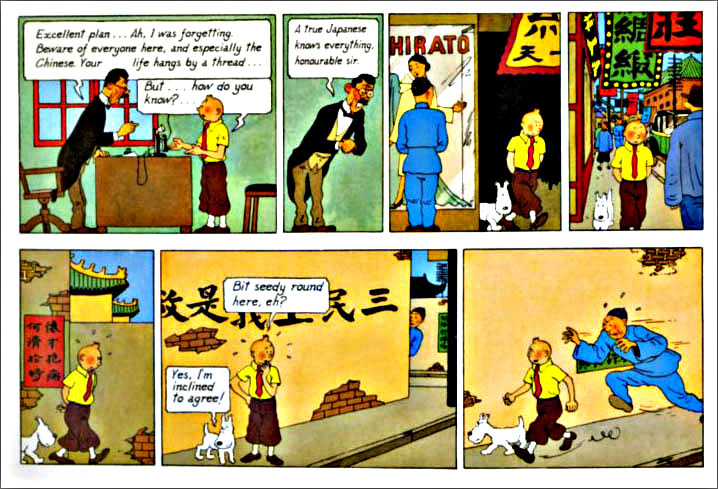Home › Forum Online Discussion › General › what parts of UHT are actually daoist practices??
- This topic has 3 replies, 3 voices, and was last updated 9 years, 4 months ago by
c_howdy.
-
AuthorPosts
-
January 16, 2016 at 7:21 am #45753
lionel
Participanti found one of thich nhat hanh books written in 1973 has a ‘smiling’ practice like the inner smile technique
January 17, 2016 at 4:05 am #45754c_howdy
ParticipantDaozang (Chinese: 道藏; pinyin: Dàozàng; Wade-Giles: Tao Tsang), meaning “Taoist Canon”, consists of around 1,400 texts that were collected c. 400 (after the Dao De Jing and Zhuang Zi which are the core Taoist texts). They were collected by Taoist monks of the period in an attempt to bring together all of the teachings of Taoism, including all the commentaries and expositions of the various masters from the original teachings found in the Tao Te Ching and Zhuangzi. It was split into Three Grottoes, which mirrors the Buddhist Tripitaka (three baskets) division. These three divisions were based on the main focus of Taoism in Southern China during the time it was made, namely; meditation, ritual, and exorcism.
-https://en.wikipedia.org/wiki/DaozangIn the end it shouldn’t be very important.
If one is checking for example contents of Daozang it’s easy to see how much Daoism have been influenced by Buddhadharma.
Book below has very good short summaries of it’s subject matter.
HOWDY
http://www.amazon.com/The-Taoist-Canon-Historical-Companion/dp/0226738175
 January 18, 2016 at 6:18 pm #45756
January 18, 2016 at 6:18 pm #45756Steven
Moderatorc_howdy’s answer is a good one.
Daoism is broad, and encompasses the whole Dao canon (Daozang, as c_howdy mentioned) as well as the knowledge acquired somewhat separately by the Daoist hermits (who mostly did not write down their findings, merely passing along an oral tradition, over a thousand years or more).
As c_howdy said, in the end, the source is irrelevant.
What matters is what we have today . . . namely, an actual practice that works and is used in our tradition.S
January 21, 2016 at 3:28 pm #45758c_howdy
ParticipantFrom 10 July 1925 to the end of his life, Meher Baba maintained silence, communicating by means of an alphabet board or by unique hand gestures. With his mandali (circle of disciples), he spent long periods in seclusion, during which time he often fasted. He also traveled widely, held public gatherings and engaged in works of charity with lepers, the poor and the mentally ill.
-https://en.wikipedia.org/wiki/Meher_BabaOral tradition and oral lore is cultural material and tradition transmitted orally from one generation to another. The messages or testimony are verbally transmitted in speech or song and may take the form, for example, of folktales, sayings, ballads, songs, or chants. In this way, it is possible for a society to transmit oral history, oral literature, oral law and other knowledges across generations without a writing system.
-https://en.wikipedia.org/wiki/Oral_tradition…Daoism is broad, and encompasses the whole Dao canon (Daozang, as c_howdy mentioned) as well as the knowledge acquired somewhat separately by the Daoist hermits (who mostly did not write down their findings, merely passing along an oral tradition, over a thousand years or more)…
Clearly this Taoist Canon have been originally collected to strengthen imperial control of various Taoist sects.
But still not to be stupidly stubborn, but what comes to these earlier claims that studying for example some old Hindu texts can be only waste of time, this aspect of them being remnants of advanced oral tradition makes them interesting temporally to certain degree.
If something is not written down it’s easier to memorize and maintain it in skillfully attracting and entertaining form.
So if for example Dylan Thomas and Ezra Pound are quite good poets one might still question their spiritual achievements.
HOWDY
http://www.youtube.com/watch?v=BdZmIYOcCRc

-
AuthorPosts
- You must be logged in to reply to this topic.
